
Church of Saint Apostoles, Epano Episkopi
Epano Episkopi, GR
.
Here you can search for a building to visit. You can use the map find destinations, or you can use the filters to search for a building based upon what different criteria.

Epano Episkopi, GR
.
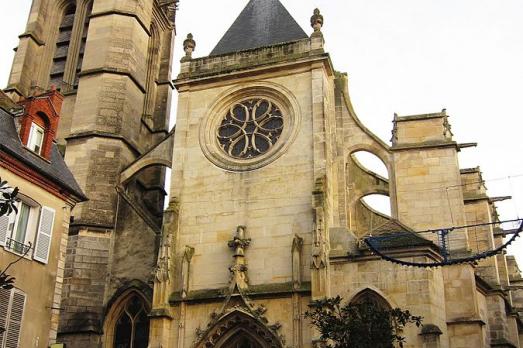
Melun , FR
Jewel of the flamboyant Gothic, this church is the largest in the city of Melun. Its first mention in 1080 does not testify to its greatness, but it is assumed that it was not the size it has today. Indeed, many works were carried out on this church, notably in the 16th, 17th, 18th and 20th centuries.
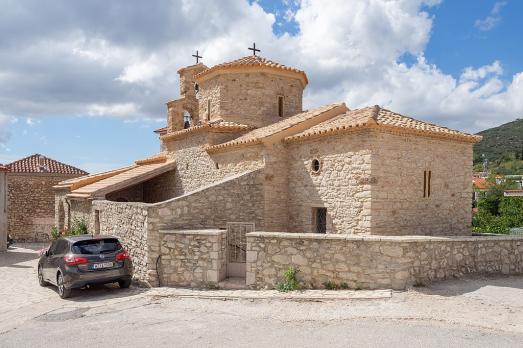
Chalandritsa, GR
.
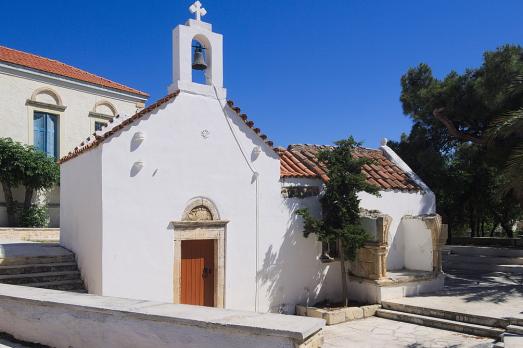
Lithines, GR
The church of Saint Athanasius (Agios Athanasios) in Lithines is a 15th century church that today operates as a cultural centre. It houses the tomb of Georgios Vlachos, a local lord. Outside the church there is an arcosol (funerary monument), but its condition is rather deteriorated.
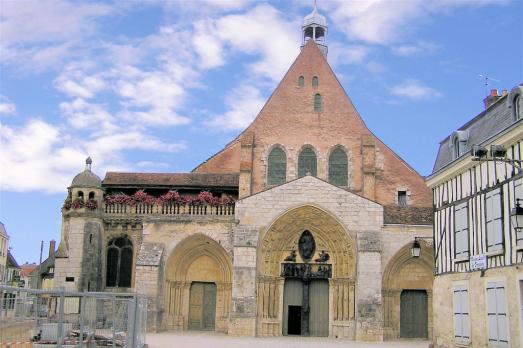
Provins, FR
This impressive church is a mixture of different styles and periods. Today desacralized, it is the testimony of the religious history of the city. Visitors can enter the church through a sublime porch, whose tympanum and vaults bear witness to the magnificence of Gothic architecture.

Kampos, GR
.
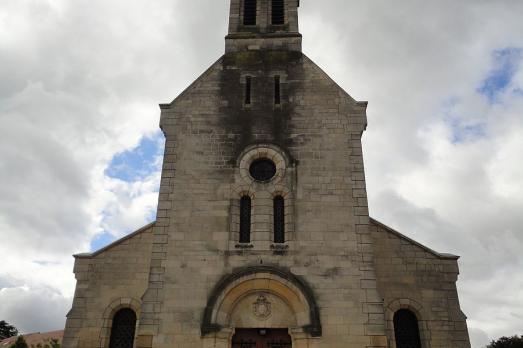
Torcy, FR
This church, which imitates the architectural style of the 15th century, actually dates from the 19th century, since it was built on the initiative of Jacques Picquenard, the mayor of the town. It was consecrated by the Bishop of Meaux in 1885.
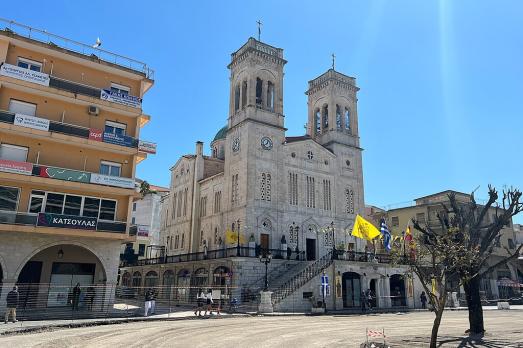
Tripoli, GR
.
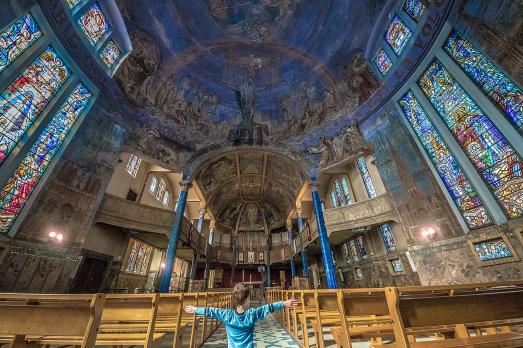
Vichy, FR
With its statue of the Virgin which stands at 42 m and its bell tower which culminates at 67 m, the Church of Saint-Blaise already draws the gaze from the crossing of the Allier. It is embedded in Old Vichy built on the rock of CÈlestins. This art deco gem incorporates the ´old church´, dedicated from the very beginning to Notre-Dame.

Argos, GR
.

new
The Chassidic Route is a cultural and historical trail tracing the rich legacy of Jewish communities in southeastern Poland and western Ukraine. This region was central to the rise of Chassidism in the 18th century. Here, we highlight 10 remarkable synagogues you’ll discover along this route.

he cradle of the Industrial Revolution in Germany, Chemnitz, is well-known for its industrial heritage landscape, but the city is also home to remarkable examples of religious architecture from different historical periods. Join us as we explore the key landmarks of this European Capital of Culture 2025.

The twin towns of Nova Gorica (Slovenia) and Gorizia (Italy), lying on the border between the two countries, have a rich religious heritage, steeped in centuries of tradition. If you are looking for ideas for your visit, take note of these 10 religious sites that you should not miss.